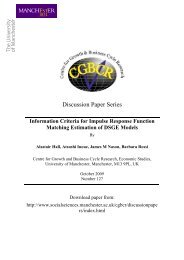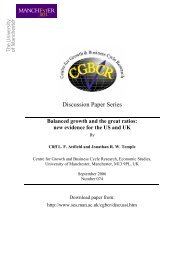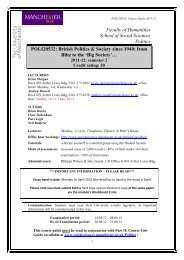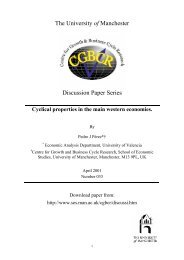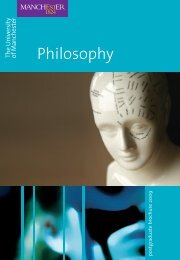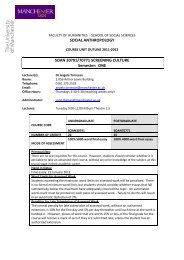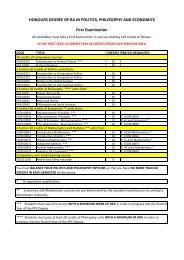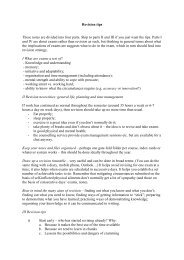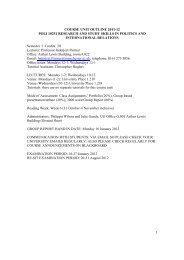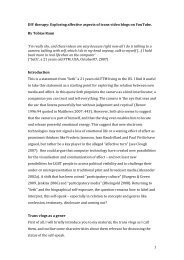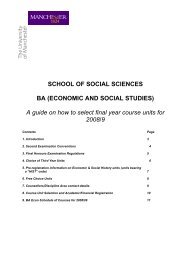(b) Biennial Sample from 1967 to 1989, by simplified geography. 3 Figure b1. Membership totals, 1957-1989, from Card Sales reports. Communist Party Membership by Simplified Geography, 1955-1989 Jul-89 Nov-85 Jul-83 Jul-81 Jul-79 Jul-77 Jul-75 Jul-73 Jun-71 Oct-69 Feb-67 1957 London, Surrey and W. Middlesex South Essex, East Anglia, Eastern 7,820 8,701 7,110 6,552 6,923 6,435 5,912 4,774 4,120 3,478 2,830 1,493 Kent 796 692 750 740 747 625 585 442 415 330 262 132 1,111 1,375 1,348 1,342 1,386 1,248 1,189 1,020 923 826 651 374 Sussex, Hampshire & Dorset West <strong>of</strong> England, Devon & Cornwall 740 684 704 656 669 654 599 439 401 354 324 188 642 612 650 604 659 629 607 523 480 445 379 <strong>22</strong>4 Midlands (including South, East, South East) Lancashire, Cheshire, Merseyside, North West 3,039 4,107 3,948 3,949 3,901 3,825 3,266 2,707 2,400 2,140 1,828 989 2,576 3,893 3,948 3,951 3,715 3,552 3,177 2,556 2,337 1,924 1,406 817 Yorkshire 1,841 2,486 2,<strong>22</strong>3 2,000 2,034 1,903 1,903 1,752 1,392 1,249 1,020 470 Tees-Side, North East, North <strong>of</strong> 818 832 765 771 861 891 764 477 409 356 310 163 England Scotland 4,735 7,527 7,<strong>22</strong>6 6,781 7,431 7,205 6,180 5,210 4,701 4,003 3,146 2,200 Wales 1,232 1,962 1,789 1,789 1,771 1,730 1,545 1,321 1,234 1,003 756 545 Channel Isles 0 45 39 39 37 33 46 38 36 26 43 20 TOTAL 25,350 32,916 30,500 29,174 30,134 28,730 25,773 21,259 18,848 16,134 12,955 7,615 While it is possible to see membership trends, and the importance <strong>of</strong> different geographical areas, from these figures, it is perhaps easier to grasp them quickly if the figures are presented in a graphical form (see below). The data have been presented in two ways – first, as an area graph (which shows the relative size <strong>of</strong> each geographical area, but also the overall size <strong>of</strong> the Party’s membership), then as an indexed series in which the relative performance <strong>of</strong> all the different geographical areas is compared, by setting their 1967 membership level to 100 in each case, and plotting changes relative to that base for subsequent years. 18
Figure b2. Membership Totals, biannual sample, by simplified geography: trends Source: membership campaign returns (some undated, handwritten) sampled bi-annually. CPGB Archive, CP/CENT/ORG/19/03 From b(2) it can be seen that, perhaps surprisingly, Party membership held up relatively well until the mid 1970s, despite the aftermath <strong>of</strong> the Soviet invasion <strong>of</strong> Czechoslovakia in 1968, but fell sharply thereafter, just as (it might be thought) the Party’s influence in British national politics was increasing. From b(3), below, another rather counter-intuitive result emerges; namely, that the decline was relatively consistent across all the Districts in which the Party had members – largely irrespective <strong>of</strong> their size, their level <strong>of</strong> organisation, or the extent to which they were engaged in larger political struggles. Indeed, some well-organised districts (such as Yorkshire and London) started to lose members relatively early; while the tiny number <strong>of</strong> members in Devon, Cornwall and the West <strong>of</strong> England held on resolutely until much nearer the end. 19
- Page 1 and 2: C O M M U N I S T H I S T O R Y N E
- Page 3 and 4: Contents ANNOUNCEMENT New journal:
- Page 5 and 6: Announcement New journal: From the
- Page 7 and 8: C ommunism was one of the defining
- Page 9 and 10: Thesis reports The Communist Party
- Page 11 and 12: the party still viewed the issue of
- Page 13 and 14: sending the President of the Board
- Page 15 and 16: Research note Regional Membership F
- Page 17: Figure 2. 1955 Membership Data, and
- Page 21 and 22: Concluding Remarks Without further
- Page 23 and 24: a major factor in his decision, on
- Page 25 and 26: to climb over the wall because I co
- Page 27 and 28: with Cole there sort of presiding.
- Page 29 and 30: epudiated, and you apologise to Tit
- Page 31 and 32: direction and this reinforced my de
- Page 33 and 34: one accepted the term, there were d
- Page 35 and 36: She last visited the museum in Apri
- Page 37 and 38: Don’t forget that this was post-S
- Page 39 and 40: else. The party there was far more
- Page 41 and 42: tended to be a bit broader. Eddie g
- Page 43 and 44: they were marched out and the doors
- Page 45 and 46: publicity, without caring a fig for
- Page 47 and 48: would not have known this. Or would
- Page 49 and 50: In his synopsis for an autobiograph
- Page 51 and 52: to entirely go along with Cohen’s
- Page 53 and 54: party represented the more recent t
- Page 55 and 56: Jim Riordan: The Last British Comra
- Page 57 and 58: there, and eaten them. There is to
- Page 59 and 60: Sobhanlal Datta Gupta. Comintern an
- Page 61 and 62: IWW Bibliography A century of writi
- Page 63 and 64: Werstein, Irving. Pie In the Sky: A
- Page 65 and 66: Sellars, Nigel Anthony. Oil, Wheat
- Page 67 and 68: pages. A complete biography. Smith
- Page 69 and 70:
Queensland Press, 1988, illus., 252
- Page 71 and 72:
Lewis, Austin. The Militant Proleta
- Page 73 and 74:
ut critical of their failure to res
- Page 75 and 76:
Burke, Fielding (pseud. for Olive T
- Page 77 and 78:
Smedley, Agnes. Daughter of Earth.



